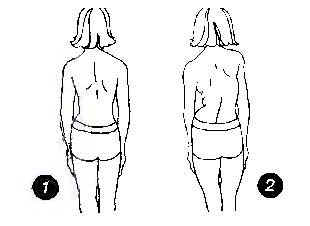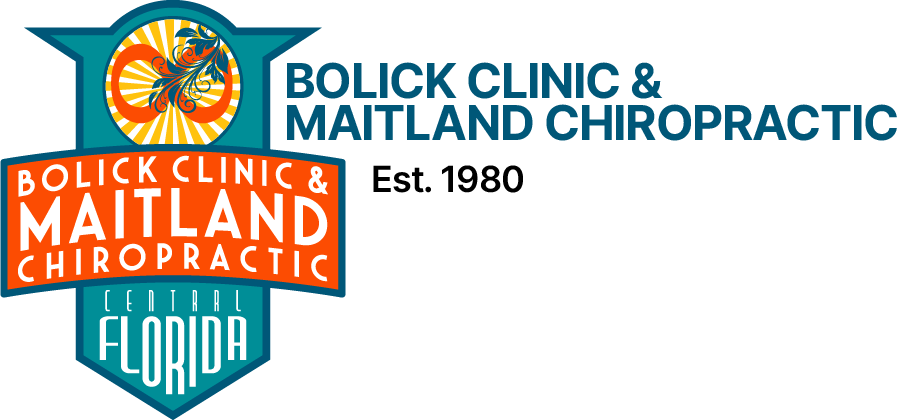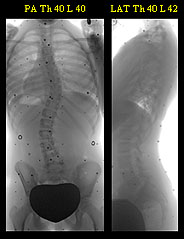
 Scoliosis may be detected by your family doctor while performing a routine check-up. If necessary, it will be confirmed with an X-ray of your back.
Scoliosis may be detected by your family doctor while performing a routine check-up. If necessary, it will be confirmed with an X-ray of your back.- School screening, unfortunately, is not very common in most countries but it is the best way to detect scoliosis early. Usually, this is done using an instrument call a scoliometer, which is a simple angle finder or inclinometer that measures rotations of the spine/rib cage. A nurse, or other healthcare professional with special training, can check a child within two minutes using a scoliometer. It is simple to use and it is even possible for a parent to check their own child following some simple instructions.
- It is important to follow-up on the deformation evolution, especially during childhood. This surveillance must be done by an orthopaedic doctor through regular check-ups, every 3 to 6 months, depending on the severity of the curve, the age of the child and the family history. These check-ups include a physical examination and an X-ray, if necessary.
- Scoliosis is quantified by the measurement of the angle of your spine curvature on the X-ray. This is called the Cobb angle.
- General non-surgical treatment indications are: skeletally immature children with curves of 15º or more combined with either proven progression (5º or more in six months or less) or strong family history.
A 30-SECOND ANNUAL POSTURAL SCREENING BETWEEN THE AGES OF 10 AND 15 CAN MAKE A LIFETIME OF DIFFERENCE:
Should you recognise any of these possible symptoms, contact your family doctor.

Normal (fig. 1)
- head centred over mid-buttocks
- shoulders level
- shoulder blades level, with equal prominence
- hips level and symmetrical
- equal distance between arms and body
Possible Scoliosis (fig. 2)
- head alignment to one side of mid buttocks
- one shoulder higher
- one shoulder blade higher with possible prominence
- one hip more prominent than the other
- unequal distance between arms and body
Normal (fig. 3)
- both sides of upper and lower back symmetrical
- hips level and symmetrical
Possible Scoliosis (fig. 4)
- one side of rib cage and/or the lower back showing uneven symmetry
Normal (fig. 5)
- even and symmetrical on both sides of the upper and lower back
Possible Scoliosis (fig. 6)
- unequal symmetry of the upper back, lower back or both

 Scoliosis may be detected by your family doctor while performing a routine check-up. If necessary, it will be confirmed with an X-ray of your back.
Scoliosis may be detected by your family doctor while performing a routine check-up. If necessary, it will be confirmed with an X-ray of your back.

